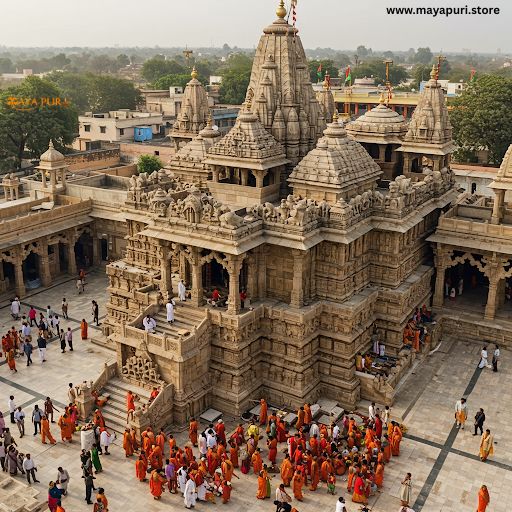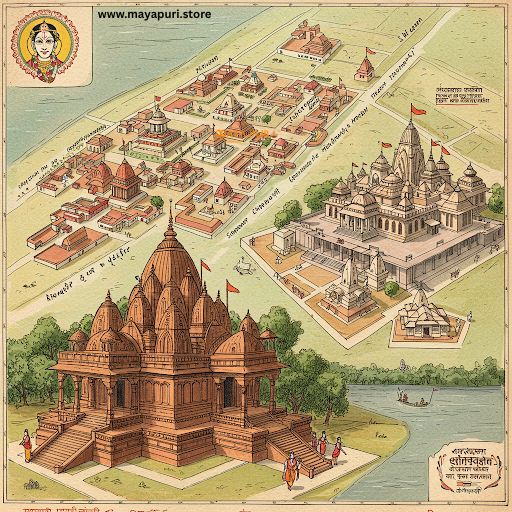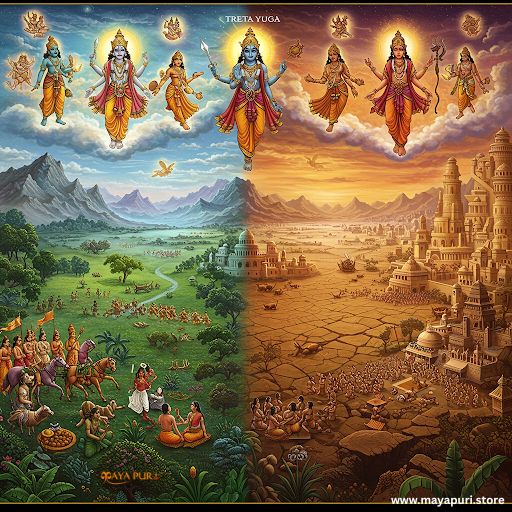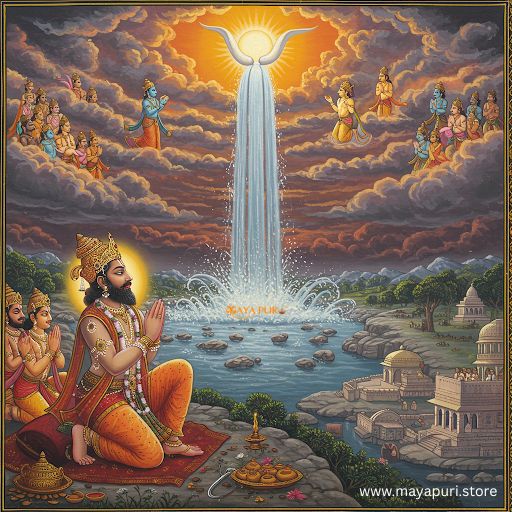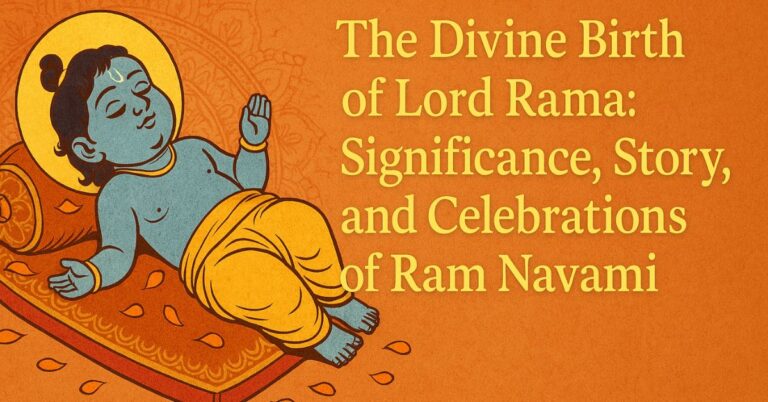The Ayodhya Ram Mandir is not just a temple; it is a symbol of faith, devotion, and the eternal legacy of Lord Rama. From its deep roots in the Ramayana to its recent grand reconstruction, the temple stands as a testament to Hindu culture and spiritual heritage. Let’s explore its historical significance, mythological connection, and its modern reality.
📜 The Mythological Connection: Ramayana & Ayodhya
Ayodhya, the sacred city on the banks of the Sarayu River, is believed to be the birthplace of Lord Rama, the seventh incarnation of Vishnu. According to the Ramayana, King Dasharatha ruled over Ayodhya, and it was here that Rama, Lakshmana, Bharata, and Shatrughna were born.
The story of Lord Rama’s life, His exile, battle with Ravana, and eventual return to Ayodhya forms the core of Hindu spirituality. The original Ram Mandir is believed to have been built in ancient times at His birthplace, but it faced multiple invasions and destruction over the centuries.
🏛️ Historical Timeline of Ayodhya Ram Mandir
-
Ancient Era: Hindu scriptures mention a grand temple at Ram Janmabhoomi (Birthplace of Rama).
-
11th Century: Multiple historical texts indicate the presence of a grand Vishnu temple in Ayodhya.
-
1528 AD: The temple was demolished by Mughal emperor Babur, and the Babri Masjid was constructed on the site.
-
1853 AD: The first recorded dispute between Hindus and Muslims over the site.
-
1949 AD: Idols of Lord Rama were placed inside the Babri Masjid, increasing the religious significance of the site.
-
1992 AD: The Babri Masjid was demolished, leading to nationwide debates and legal battles.
-
2019 AD: The Supreme Court of India ruled in favor of Hindus, paving the way for the construction of a grand Ram Mandir.
-
2020 AD: The foundation stone for the new Ram Mandir was laid, marking a historic moment in Indian history.
-
2024-2025 AD: The temple is nearing completion, and millions of devotees are eagerly awaiting its grand opening.
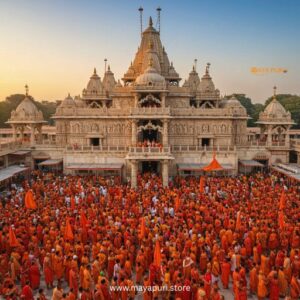
🏗️ The Grand Ram Mandir: A Marvel of Devotion & Architecture
The newly constructed Ayodhya Ram Mandir is an architectural wonder, reflecting ancient Hindu traditions.
🔹 Key Features of the Temple:
✔️ Built in Nagara-style Hindu temple architecture.
✔️ Spans 2.7 acres, with a height of 161 feet.
✔️ Carved out of Rajasthani sandstone.
✔️ Houses the idol of Shri Ram Lalla in the sanctum sanctorum.
✔️ The temple complex includes a museum, research center, and Yagya Mandap.
✔️ Can accommodate millions of devotees every year.
The Pran Pratishtha ceremony of Shri Ram Lalla is set to be a historic event, marking the temple’s spiritual completion.
🌎 Ayodhya: The Emerging Global Spiritual Destination
With the construction of the Ram Mandir, Ayodhya is transforming into a global spiritual hub. The city is witnessing:
🚆 Infrastructure Growth – New roads, airports, and railway stations to accommodate pilgrims.
🏨 Tourism Boost – Hotels, Dharamshalas, and spiritual retreats being developed.
🛕 Cultural Renaissance – Revival of ancient Hindu traditions, Ramayana recitals, and grand festivals.
The Deepotsav festival in Ayodhya, where millions of lamps are lit in honor of Lord Rama, has already gained global recognition.
🙏 The Eternal Significance of Ram Mandir
The Ayodhya Ram Mandir is more than just a temple—it is a symbol of righteousness (Dharma), perseverance, and the faith of millions. Lord Rama’s life teaches us the values of truth, sacrifice, and devotion.
His words echo through eternity:
“Dharma will always triumph. Those who walk on the path of righteousness shall always be victorious.”
As we witness the grand resurgence of Sanatan Dharma through the completion of the Ram Mandir, one thing is certain: Ayodhya will shine forever as the heart of Hindu spirituality.
🚩 Jai Shri Ram! Jai Ayodhya! 🚩

